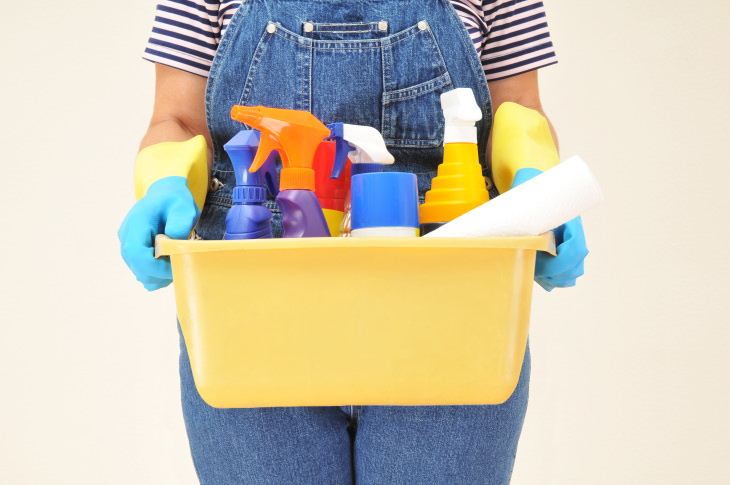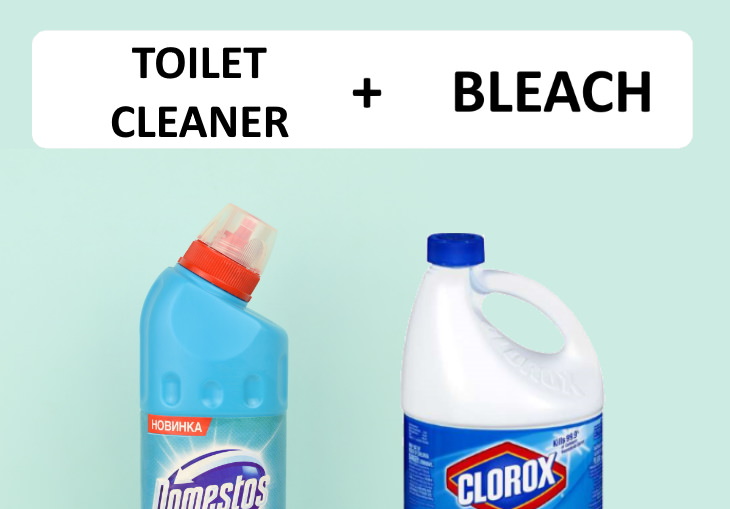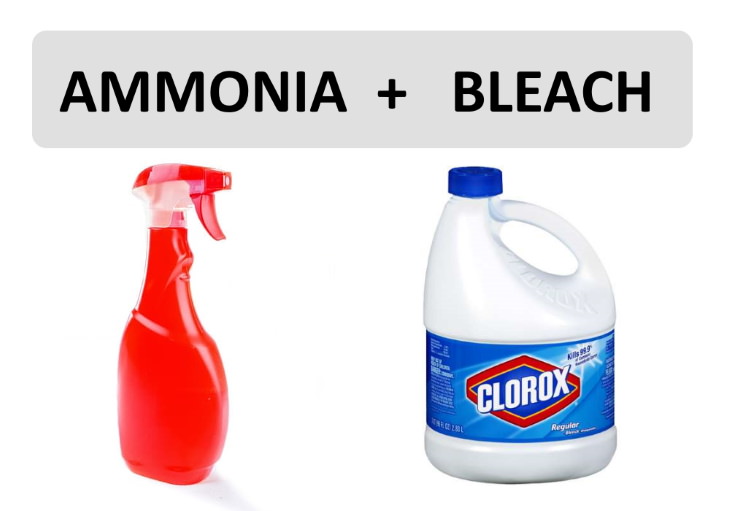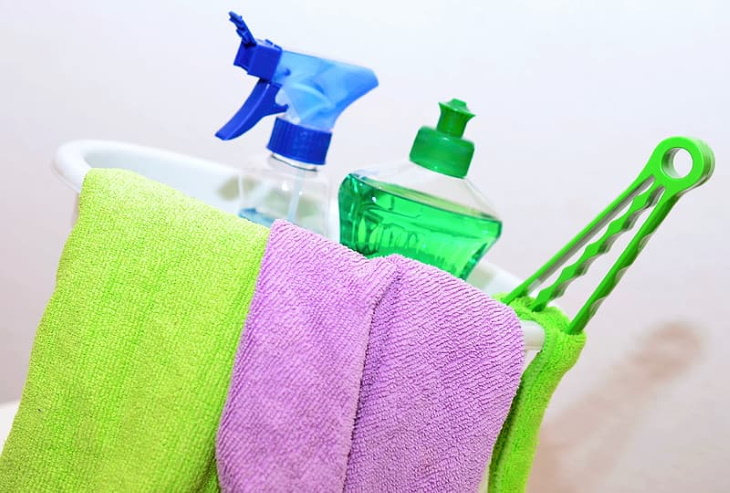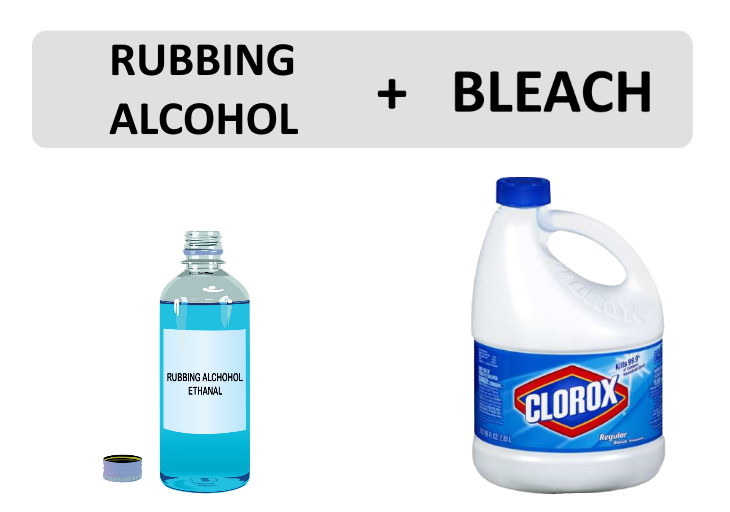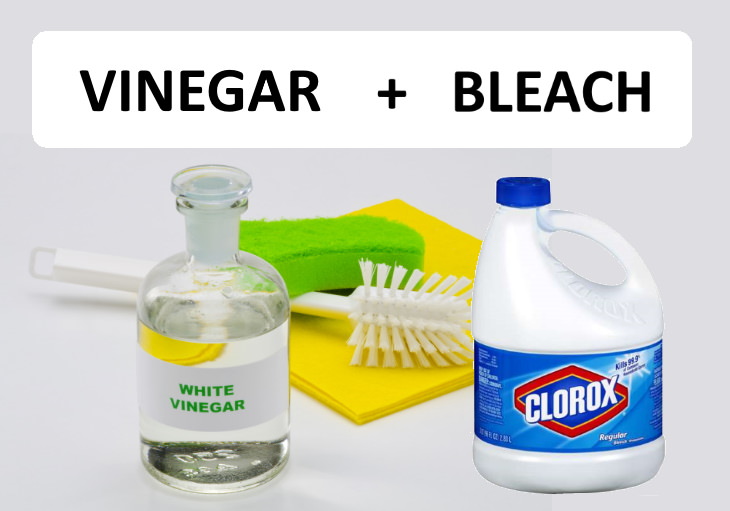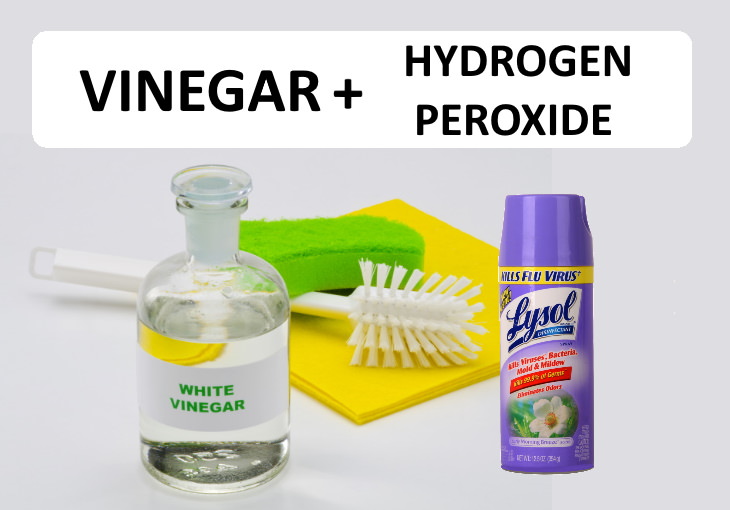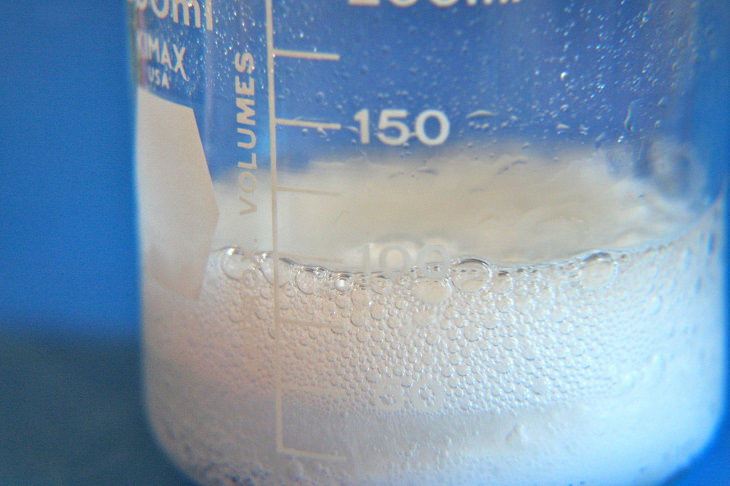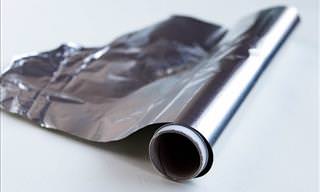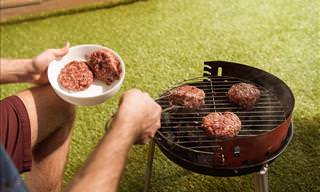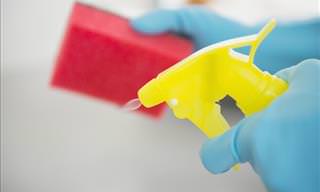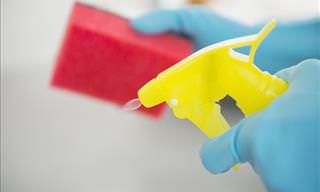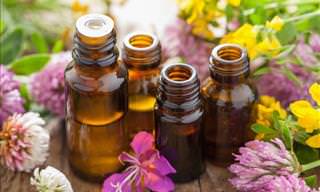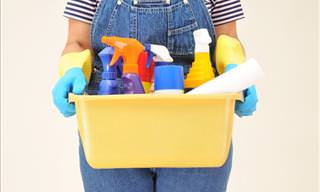How Do I Know Which Chemicals Are Safe to Mix?
First things first, if you ever find yourself in a situation where you end up inhaling toxic fumes, getting some of them on your skin, or accidentally spreading cleaning chemicals in your eyes, mouth or nose, and you're experiencing difficulty breathing, pain, lightheadedness, a rash - seek medical help.
In addition, it's always safer to keep the windows open while cleaning with chemicals to air out the house, and it's also advisable to wear protective gloves while working with chemicals, even if you think it's something benign like a window cleaning solution.
When it comes to working with different cleaning products, it's always better to stick to one on a specific surface or to wait for the chemical to dry completely before using a different cleaning solution. Layering products right on top of each other usually won't make your home cleaner anyway. On the contrary, it can make surfaces, like countertops, furniture, and tables, sticky, therefore it's ill-advised.
However, mixing certain household chemicals is especially dangerous, as all the products you use to clean your home are chemicals, after all, and mixing those can result in unexpected and often toxic chemical reactions. You should be particularly careful with the following 7 combinations, many of which include common disinfectants and cleaners like bleach, rubbing alcohol, and even vinegar:
1. Mixing Toilet Cleaner and Bleach
Although each toilet cleaning product has a different formula (depending on the brand), most of these products contain various types of alcohols and acids, which don't mix well with bleach. They can result in toxic fumes, which can be extremely dangerous to humans and animals alike. Thus, stick to one or the other, and never mix the two.
2. Mixing Ammonia and Bleach
While most people don't casually keep ammonia in the cleaning cabinet these days, that doesn't mean you don't have products that contain the chemical in your home. In fact, it's very common, and a multitude of common cleaners, such as glass cleaners, bathroom cleaners, multi-surface cleaners, furniture polish, and stainless steel cleaners contain it.
The problem is that ammonia and bleach mixed create chlorine gas - an incredibly toxic substance. Even in small concentrations, it can cause eye and skin irritation, but if you happen to inhale more of it, it can lead to permanent lung damage and can even be deadly. So, make sure you're not using any products that contain ammonia with bleach, ever.
3. Mixing Different Drain Cleaners
Drain cleaners are very highly concentrated, as their job is to get through all that gunk clogging up the drain, but like many other products, the active ingredients one brand uses will not necessarily be the same with those featured in another brand's drain cleaner. This is a problem, as many of these contain bleach, which is very reactive with other cleaning agents, as you already know. For your own safety, don't use two different types of drain cleaners together or immediately one after another. Better safe than sorry.
4. Mixing Rubbing Alcohol and Bleach
Rubbing alcohol and bleach are probably the two ingredients we hear the most of lately, as both can destroy the virus we're trying to protect ourselves from. And while the two are effective when used separately, mixing the two together is extremely dangerous.
When mixed, bleach and rubbing alcohol form two compounds - chloroform and chloroacetone, both extremely toxic and hazardous. Chloroform is a chemical that had been used to knock people unconscious in the past when inhaled, but it is now considered a carcinogen. The other one - chloroacetone - is essentially a type of tear gas. Neither of these chemicals is something you'd like to experience, trust us.
5. Mixing Vinegar and Bleach
Vinegar is a cleaning staple for many, as we often think of it as "natural" and non-toxic. Natural it may be, but it is a type of acid nevertheless, and acids and bleach yield a toxic combination - chlorine gas, which as we mentioned above, is an extremely toxic and dangerous gas.
In fact, chlorine gas may sound familiar to you, even if you're not into chemistry. This is because chlorine gas was the first chemical weapon ever used, and it was released to torture soldiers during World War I and caused many deaths and injuries.
6. Mixing Vinegar and Hydrogen Peroxide
Another ingredient you should never mix with any kind of vinegar is hydrogen peroxide, as well as any other commercial cleaning product that contains it. This includes pretty much any product that doesn't contain bleach but is advertised to whiten or remove stains, such as Lysol, OxiClean, as well as many detergents, tile cleaners, etc.
When the two ingredients are combined, they yield peracetic acid - a corrosive ingredient that will eat through and break down any surface it touches, including the skin. Hence, be careful even with natural alternatives to cleaning, as many contain either vinegar or hydrogen peroxide.
7. Mixing Vinegar and Baking Soda
While the fizzy substance created when you mix baking soda and vinegar - the natural cleaning staples - is not toxic, you have to be careful with this mixture nevertheless. This is because the reaction of the two chemicals releases carbon dioxide in great quantities, and if you happen to mix the two in a closed container, it may cause an explosion. Thus, always mix these two in a bowl, to avoid damaging your home or suffering an injury.
 Go to BabaMail
Go to BabaMail


